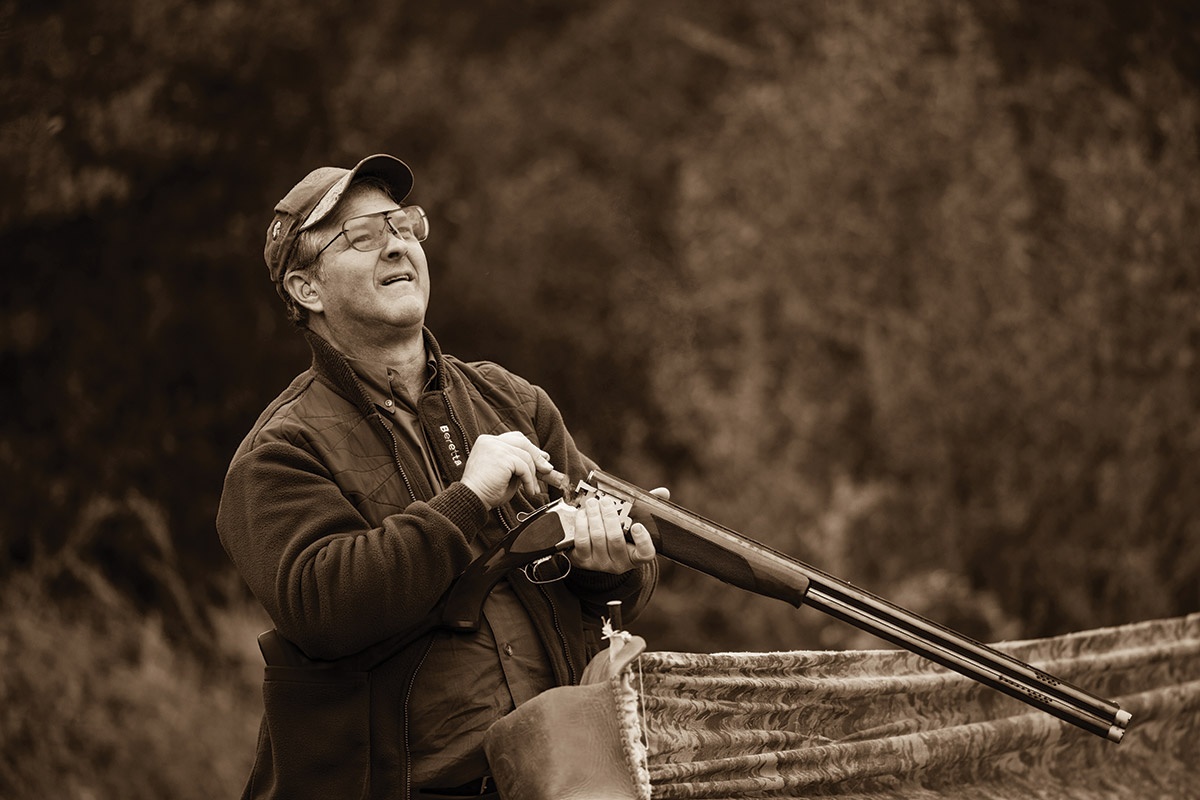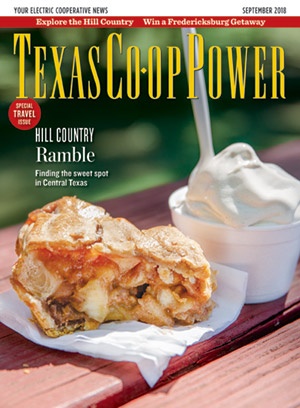When crayons, pencils and notebooks are stuffed into backpacks, and kids proudly don new school clothes and shoes, it means the carefree days of summer are over. Even though some students may say otherwise, the buzz of chatter and excitement that herald the first day of school prove everyone is excited to begin a new school year. Another year, another milestone.
But long before the bells ring and the buses run, preparations are made—classrooms decorated, desks arranged, lesson plans crafted—and work is underway for a long-standing tradition: picture day.
For many schools across Texas and here in the Big Country, Wayne Henington is the go-to guy for school pictures. For decades, he has been the man behind the camera, capturing the likenesses of students—from snaggletoothed smiles to graduation caps and gowns, and every year in between. With an affectionate “Hey there, princess” or “Hey there, big guy,” he makes tens of thousands of kids every year feel like their photo is the most important picture he has ever taken. Because at that moment, it is.
School photography is a family affair for Henington, and a legacy that was perhaps meant to be. “I am a third-generation photographer, and my son, Todd, is a fourth-generation photographer,” he says. Away from the camera, Henington is an avid hunter and fisherman who loves to travel with wife Tamela, children Todd and Tracy, and their spouses.
“I went to the University of Texas at Austin, seeking a degree in management and finance—I was going to work for Arthur Andersen,” Henington says of a career in accounting that almost was. Instead, he felt beckoned by the family business. “During my freshman year of college, my father died of a heart attack while we were playing golf together. My grandfather wanted me to go into the business. I told him I’d give him three years.”
Forty-three years later, it’s safe to say that Grandpa knew best. “My granddad always said, ‘If you’re green, you’re growing. If you’re ripe, you rot. Learning never stops’ ” It’s wisdom Henington took to heart. “We have to morph into different people to engage the different age levels,” Henington muses. “It’s such a departure from what I thought I’d be when I was growing up. In my wildest dreams, I never would have thought of all the interwoven threads [this career] has given me. West Texas is one big family, interconnected. Everyone has an open heart.”
In terms of growth and staying “green,” Henington has succeeded at both. From the days of darkroom photography to today’s digital age, he’s adapted to many changes across the photo-taking landscape. “Times were simpler then,” he says. “More images are shot now than ever before but less are committed to permanent media.” Of the potentially tens of millions of images he’s shot, Henington says, “I want your kids to look like kids, to look happy—not the illusion of perfection. I like to see their smiles when they’re comfortable and happy.”
With that outlook, it’s no wonder that school photography has functioned as the Heningtons’ perennial niche. “You evolve,” he says. “In the early days, you did whatever the school needed. We’d shoot pictures, process black-and-whites for the yearbook, and the plant would print packages for the parents. Basketball, football—whatever needed is what we’ve always tried to do. Kids will do anything you ask them to do if you know how to ask: Talk about what’s important in their lives, look them in the eyes.”
While many of us (this writer included) are not naturally gifted photographers, we all can identify with the often frustrating mechanics of taking family photos: “Look at me. Quit picking your nose. Smile! Be still. Don’t touch your brother.” Now imagine being behind Henington’s lens, managing that scenario countless times over hundreds of class groups each year for decades. But he enjoys that liveliness.
“It’s not for the weak of heart,” Henington says. “You have to be self-motivated and a bit of a perfectionist. When we roll, we have backups, backups for our backups, and backups for our backups’ backups. If a camera blows up, we grab another one. If we’re not prepared, we would let someone down. And we’re never late.
“When I’ve hired others, we work side by side, take our time and do it right—no shoot ’em quick, then on to the next one. Though we’ve shot weddings, sports, families and other events, day in and day out, schools are our niche. Whether that’s senior pictures or anything else, we do whatever someone needs. We may get 500 or 600 people in a day, drive home, and do the same or more again the next day.”
The “whatever someone needs” portion of Henington’s job can entail just about anything and requires careful, intentional planning and flexible scheduling on his part—not to mention many, many miles on the odometer. “My son and I travel wherever the job is, starting with senior pictures mid-July,” he says. “When Todd was at school in Hardin-Simmons [University], he would join me on a shoot then go back to school. People’s needs dictate the mechanics of scheduling our days. If you take [photos] too early or too late, you miss someone. The dynamics of each place are different: administrations, faculties, parents and kids—they’re all different. None of it is bad. Every place is just different, and we modify what we do to meet their needs. I’ve always felt like my job is to help them achieve what they want. ‘What does mom want? What do the kids want?’ And try to find that happy medium.”
Aside from logistics and scheduling, the most challenging part of being a school photographer, Henington says, is the “time frame to deliver some magic, to do your best to get each photo right and perfect. That’s our crunch time. Everybody has a crunch time, and everybody’s job is important. Not everyone will hit the home run, but everyone has a gift.”
As a photographer, he says, “you never know how important the image you’ve taken may be in someone’s life, and I try not to take that for granted. Helping people is the most rewarding part of my job. If we can help capture a memory, that makes my heart happy. Enjoy the day, enjoy the moment, because we’re not promised tomorrow.”
Using his talent has provided Henington with some incredible opportunities. “You never know who you’re dealing with,” he said. “I traveled with a band from Allen High School to Ireland, then Governor Bush wanted them to perform for his inauguration. He shook my hand and said, ‘Walk with me.’ He happily autographed a book for me, and I was able to give that to my mother, Barbara.”
Unsurprisingly, Henington has developed a perspective for and a relationship with people that are very different from most of us. “I rarely see people’s names,” he says. “I recognize people by their faces, but I never see the names. If I see a face, I’ve got it. A long time ago, I was on a plane late at night, and the stewardess walked down the aisle, probably in her late 20s, and I recognized her. I didn’t know her name, but I knew what elementary school she went to and who her third grade teacher was. She was amazed!”
After 43 years, one wonders if retirement is on the horizon for Henington. But that doesn’t seem to be the case. “A lot of my friends are retiring and doing other things,” he says, “but I kind of like the chaos. It’s addicting.”
Henington has the career he seems meant for—so why stop now?
“We don’t count the school districts we work with; we just go to help people,” he says. “It’s fun. If it’s not fun, it doesn’t seem to work. You have to like people and take time for them. You have to find something you like to do—it helps if it fits with your personality. It doesn’t matter what it is: If you’re good, you’ll be sought out.”


